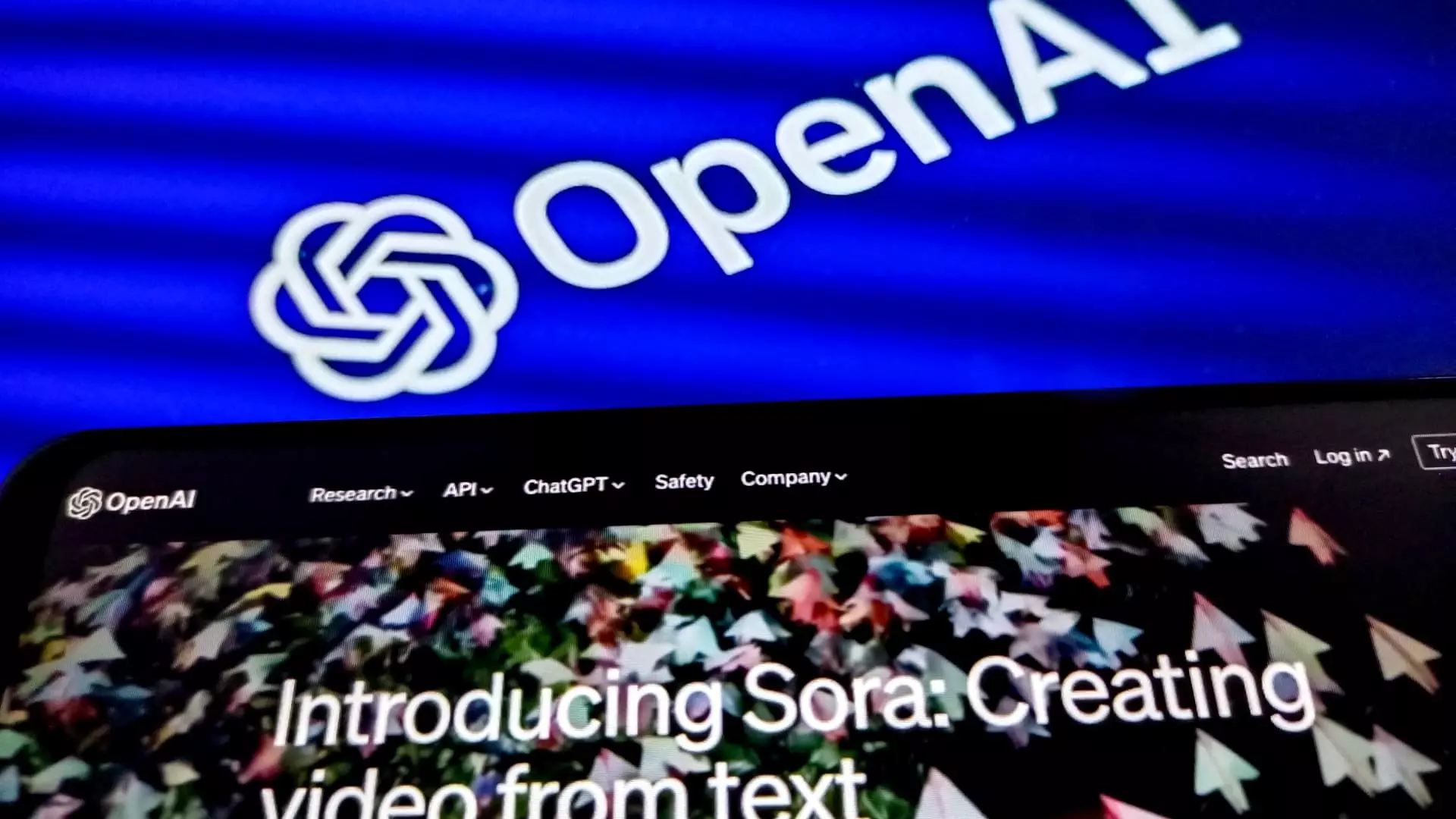In the fast-paced world of artificial intelligence (AI), stability and talent retention are crucial elements for growth and sustainability. As OpenAI maneuvers through a tumultuous week marked by high-profile executive departures, the company’s leadership is striving to reassure investors of its strength and future potential. With an impending funding round that promises to bolster its financial position, OpenAI’s Chief Financial Officer, Sarah Friar, is taking steps to maintain confidence among stakeholders while navigating these challenging transitions.
The recent resignations of significant figures such as Chief Technology Officer Mira Murati and key research leads Bob McGrew and Barret Zoph have raised eyebrows within the industry. Friar’s communication, which has been circulated among investors, emphasizes a commitment to transparency regarding these shifts. Acknowledging that leadership changes can create uncertainty, she has chosen to highlight the positive contributions of exiting leaders, asserting that the company still boasts a capable leadership team ready to drive innovation forward.
However, the departure of seasoned executives inevitably raises concerns about the continuity of vision and strategy. The loss of individuals who have played pivotal roles in shaping OpenAI’s technology and research will likely affect the operational dynamics and the company’s capacity to execute its long-term goals. OpenAI has already weathered previous departures, including co-founder John Schulman and safety chief Jan Leike, who moved to competitor Anthropic, highlighting a trend that might worry investors about staff retention and institutional knowledge loss.
Despite the leadership upheaval, OpenAI is positioned to secure a remarkable $6.5 billion funding round, primarily led by Thrive Capital. The expected valuation of approximately $150 billion showcases investor confidence in the company’s future, even amidst uncertainty. The announcement of an oversubscribed round indicates a robust interest from the investment community, suggesting that many see the potential for growth outweighing the risks associated with executive turnover.
In her outreach, Friar assured investors that they remain “laser-focused” on developing sustainable revenue models and creating AI technologies that deliver genuine value. Such assertions aim to reinforce trust in OpenAI’s operational framework and strategic vision. The planned investor calls, designed to introduce new leadership from product and research teams, are an additional step toward reassuring stakeholders about the company’s direction and commitment.
OpenAI’s proactive approach to fostering dialogue with investors is commendable, especially during turbulent times. By mobilizing influential leaders like Mark Chen, who steps into the senior vice president of research role, the company hopes to showcase its dedication to maintaining a cutting-edge research agenda. Friar’s confidence in innovative talent like Kevin Weil and Srinivas Narayanan also seeks to alleviate apprehensions about maintaining high standards in research and development.
Moreover, the company’s recent collaborations, including a partnership with Apple to incorporate AI into its iPhone technology, signal ambition and growth prospects. These alliances not only bolster OpenAI’s capabilities but also position it favorably in the competitive landscape against other tech behemoths.
As OpenAI prepares for this significant transition and funding phase, it also faces crucial questions regarding its leadership structure and the retention of top talent. The trail of departures from the company, including the well-regarded Murati, has put the spotlight on how well OpenAI can manage its internal ecosystem during turbulent times. The potential implications of these changes on innovation and employee morale remain to be seen.
Additionally, significant industry questions revolve around the equity structure within the company. Reports from a recent all-hands meeting conducted by CEO Sam Altman indicated investor concerns regarding his reported lack of equity in the firm he co-founded. Clarity on this front is essential as investors often appreciate a leadership that has a vested interest in the company’s success. The balance between maintaining a clear vision while negotiating internal and external expectations will be a fine line for OpenAI moving forward.
Ultimately, the upcoming months will be telling for OpenAI as it navigates the confluence of leadership changes, investor sentiment, and strategic collaborations. If managed effectively, this period of uncertainty could transform into an opportunity for a rejuvenated outlook and sustained growth in the exciting world of artificial intelligence.

